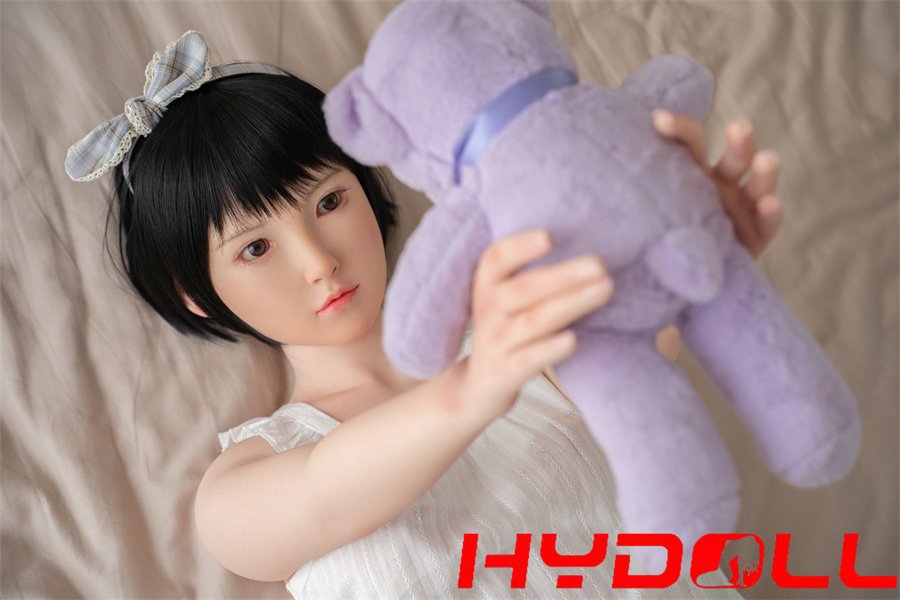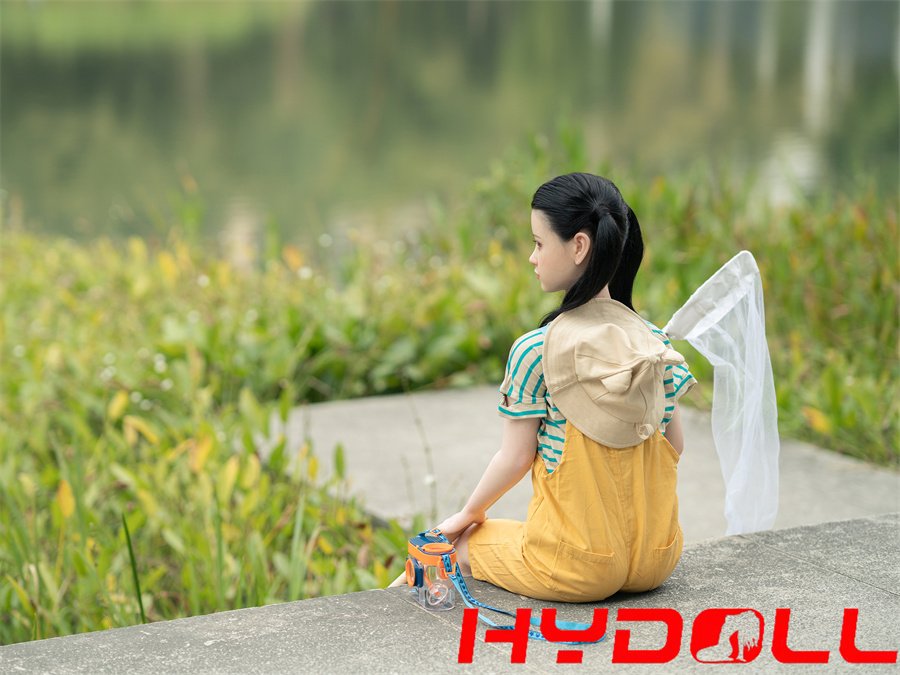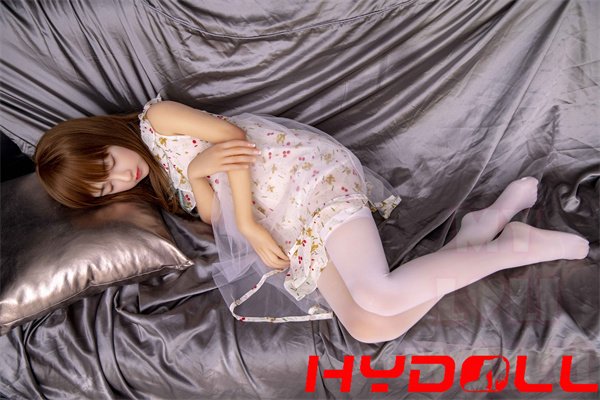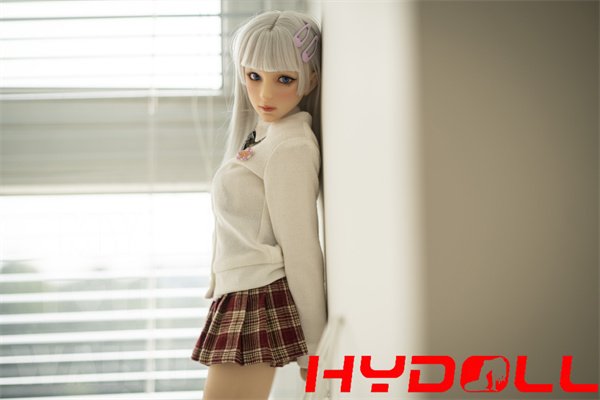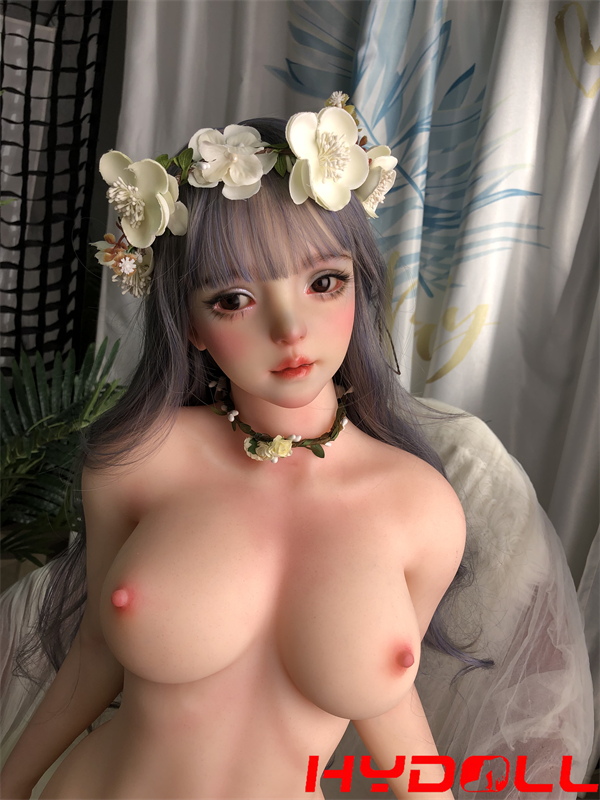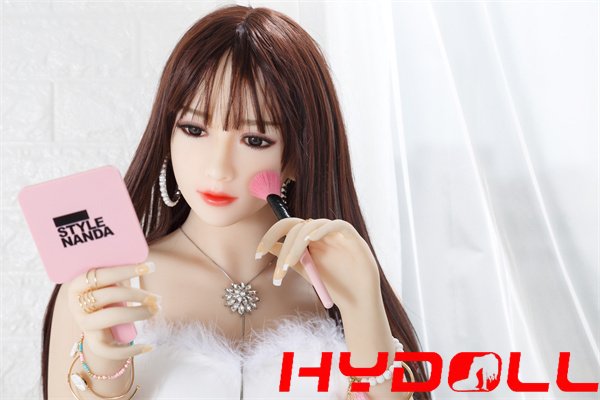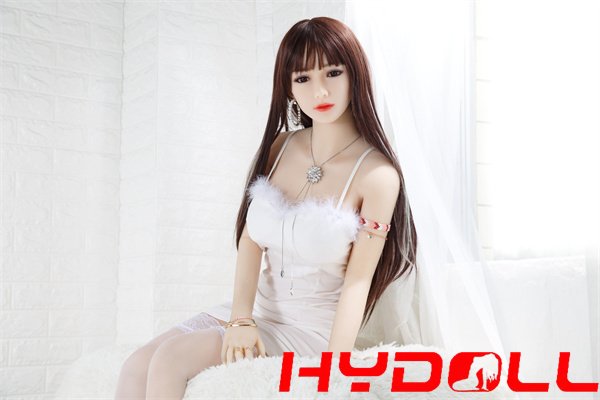In recent years, we have witnessed various forms of relationships that extend beyond interactions with real individuals.
Marriage with 2D Characters
Gatebox, a company involved in the research and development of virtual home robots, organized a limited-time event called “Dimensional Travel Bureau” on November 22, 2017, which coincided with “Good Couple’s Day.” During this event, people had the opportunity to submit marriage registration forms with their favorite 2D characters. This unique and innovative initiative resulted in 3,708 individuals submitting marriage registration forms and receiving marriage certificates.
One man went beyond submitting a marriage registration form. In the following year, he made headlines by marrying the VOCALOID character Hatsune Miku. Similarly, in April 2022, a woman married the popular children’s book series character Zorori, created by Yutaka Hara and published by Poplar Publishing. She shared the news on her Twitter account and received significant attention and reactions.
It is said that these individuals found support and encouragement from their respective spouses, both during challenging times and throughout life. They consider their partners, whether virtual or fictional, to be irreplaceable and cherished entities—a vital part of their lives.

Beyond Existence
Real dolls and 2D characters share similarities. As one person stated, “Using a doll for an extended period might change the way you feel about it.” When someone purchases a lifelike sex doll for me, it feels like they are sending me off with a ring, just like a daughter leaving the family home.
Life partners are not limited to real individuals alone. No matter how much time you spend together, you are valuable. Whether it’s a love doll or a 2D character, these non-traditional relationships deserve recognition and acceptance.
Embracing a Diverse World
However, it is still a reality that relationships with non-real individuals are not widely accepted. The discussion surrounding marriages between 2D characters is a rarity, further highlighting this fact.
Critics might argue that sex dolls, primarily targeted towards men, objectify women. As a writer, I aspire to create love dolls and TPE sex doll that cater to women’s needs and transcend gender boundaries. However, it’s important to note that love dolls have evolved beyond their original purpose.
When love dolls become ingrained in human emotions, receiving love akin to that given to dogs and cats or the adoration bestowed upon characters in manga and anime, they have the potential to bring solace to our diverse world.
Love dolls and marriages with 2D characters represent a significant shift in how we perceive relationships. While societal acceptance of such relationships remains a challenge, embracing diverse forms of companionship can enrich our lives and foster understanding in an ever-evolving world.





























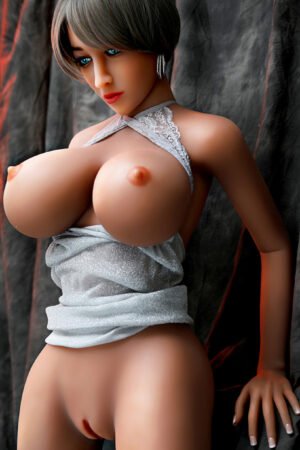

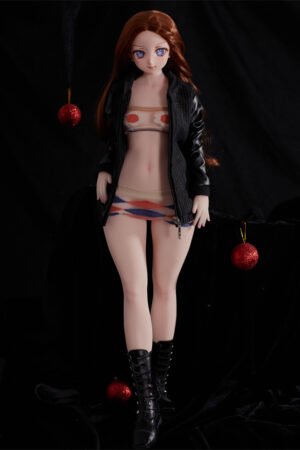

















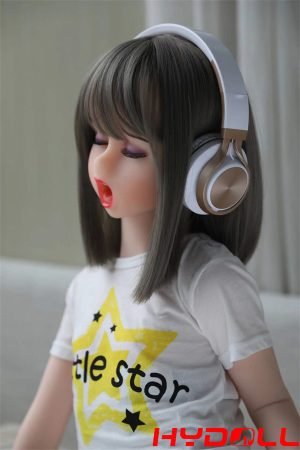


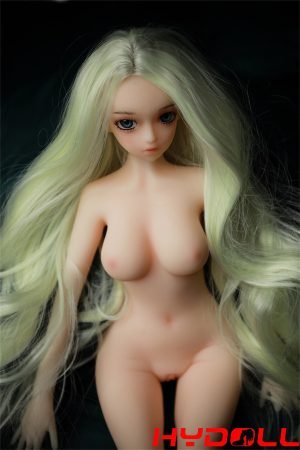


















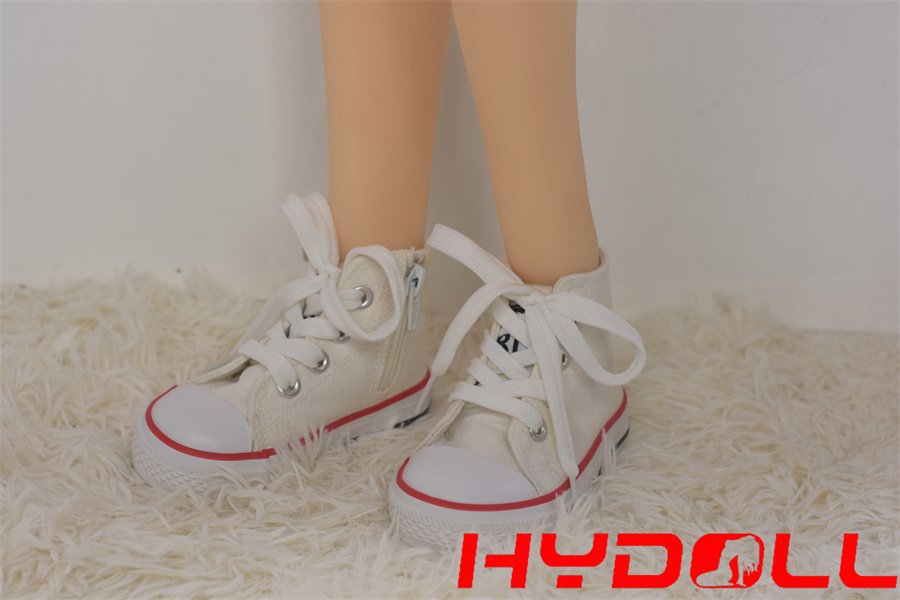









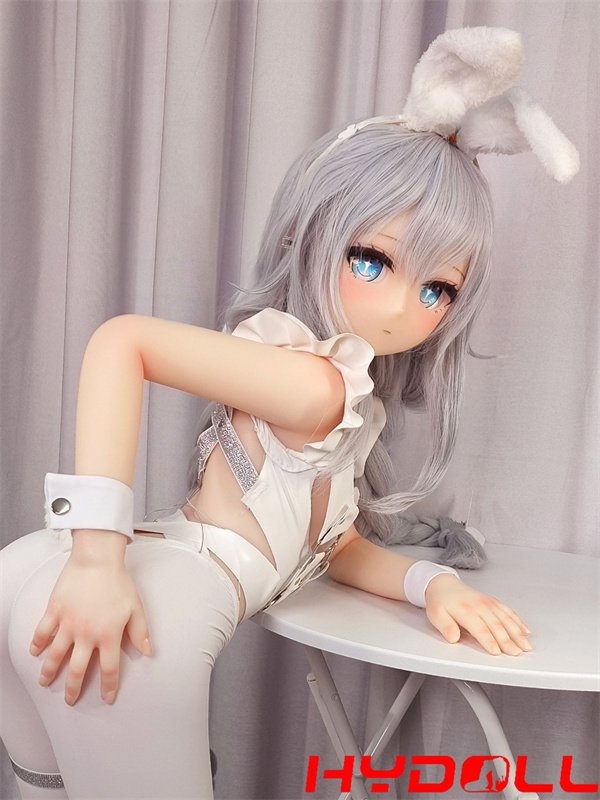
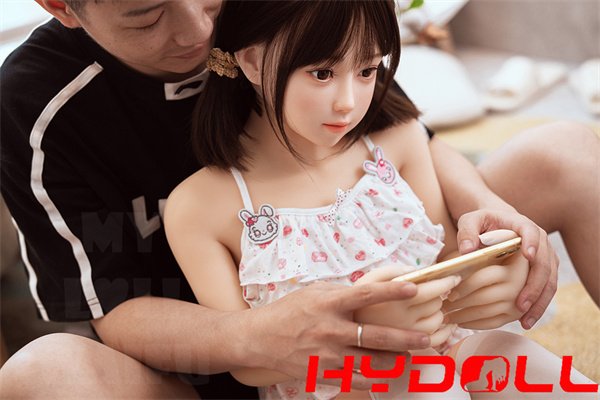









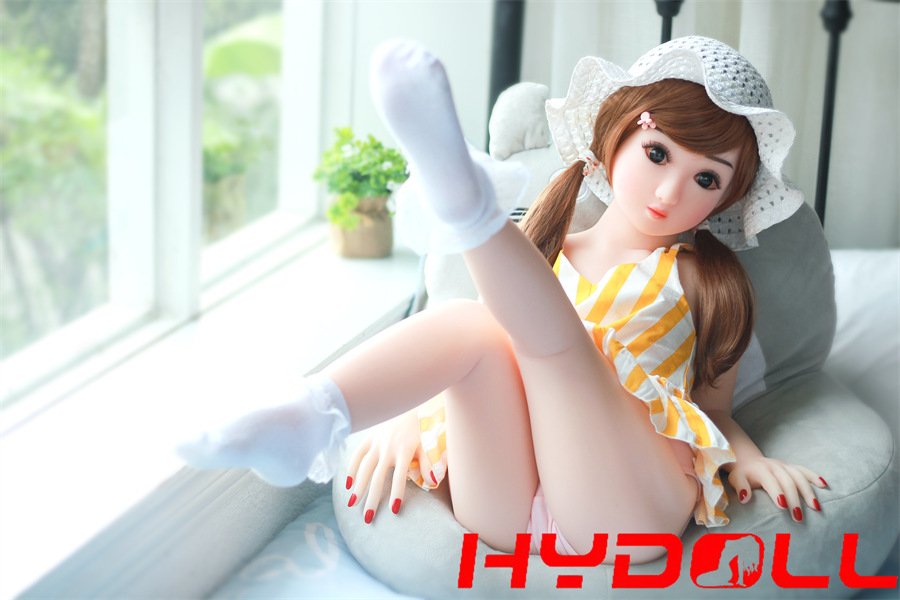









168H-20.jpg)





